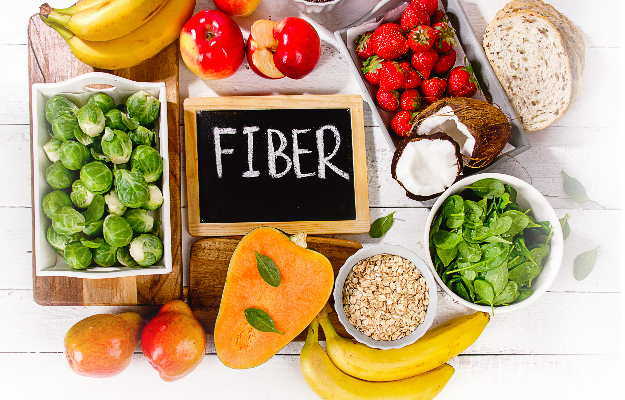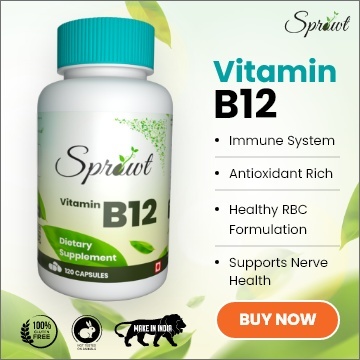Carbohydrates usually get a very bad reputation for being the cause of excessive weight gain, postprandial (after eating) rise in blood glucose, etc. But if there’s one type of carbohydrate that goes against this grain—that is, it doesn’t break down into sugar molecules—it’s dietary fibre. Fibre is a kind of carbohydrate that passes through the body undigested, without breaking down into sugar, and thereby regulates some major functions of the body.
Fibre-rich foods are satiating like all carbohydrates, so they add bulk to the diet and quench hunger. Since they pass through the digestive system without breaking down, this also adds bulk to stool, making constipation and other digestive issues unlikely.
Fibre foods also help with weight loss. Eating enough fibre in your diet can also help you reduce the risks of a number of diseases like heart disease, diabetes, etc., and reduce your chances of getting colorectal cancer.
(Read more: 15 tried-and-tested tips to lose weight)
Fibre comes in two types, and both are equally beneficial for health. Soluble fibres dissolve in water and can help lower both blood glucose and cholesterol levels. Insoluble fibres do not dissolve in water and help food move through your digestive system, thereby promoting bowel regulation. Unless you have a condition that requires you to limit fibre intake—like irritable bowel syndrome (IBS), inflammatory disease or you have undergone surgery recently—a fibre-rich diet is considered to be necessary for good health.
Both children and adults are required to consume more than 30 grams of fibre every day from food. Supplements for fibre are easily available, but these are usually recommended to those who have additional requirements due to digestive issues. Ideally, you should be including enough vegetables, fruits, grains, legumes and nuts and seeds in your diet to meet this daily requirement. The following are some of the food sources that can add fibre to your diet:















